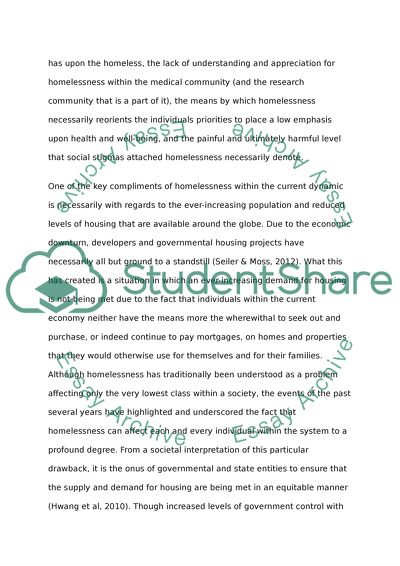Cite this document
(“Discuss the health problems and health service issues associated with Essay”, n.d.)
Retrieved from https://studentshare.org/nursing/1479242-discuss-the-health-problems-and-health-service
Retrieved from https://studentshare.org/nursing/1479242-discuss-the-health-problems-and-health-service
(Discuss the Health Problems and Health Service Issues Associated With Essay)
https://studentshare.org/nursing/1479242-discuss-the-health-problems-and-health-service.
https://studentshare.org/nursing/1479242-discuss-the-health-problems-and-health-service.
“Discuss the Health Problems and Health Service Issues Associated With Essay”, n.d. https://studentshare.org/nursing/1479242-discuss-the-health-problems-and-health-service.


